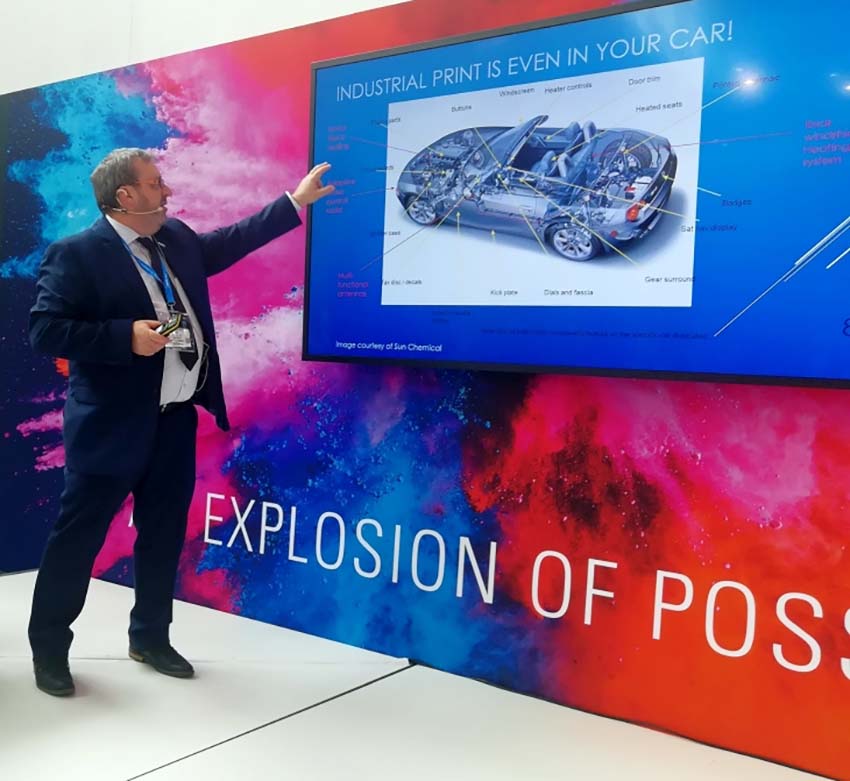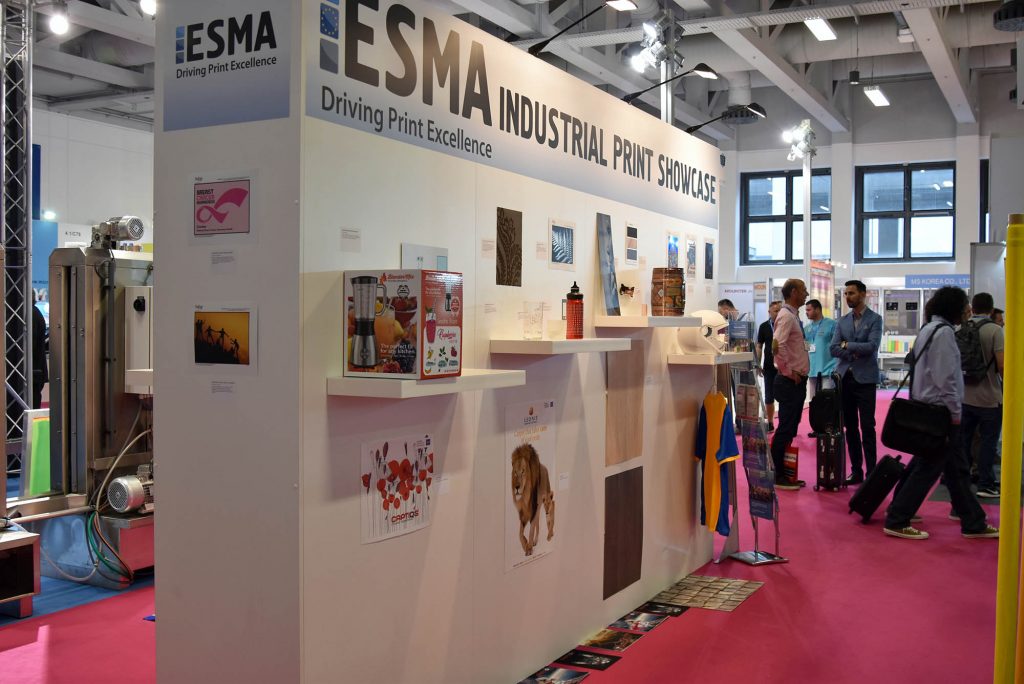ESMA stands for European Specialist Printing Manufacturers Association. Last year, ESMA celebrated 30 years of service to the printing industry. The company represents the major European players in screen and digital inkjet print. Their members, currently 65 companies, provide hardware, inks and other solutions for industrial, functional and specialty print applications.
Easy Engineering: What are the main areas of activity of the organization?
ESMA: Throughout the years we have collected a great amount of expertise from our members and right now ESMA acts as the „Knowledge Hub” for the industrial printing community. We cooperate with the world’s leading trade fairs, such as drupa, glasstec, K, ITMA… Most importantly, we organize our own technical conferences and trainings dedicated to non-graphical print applications: GlassPrint, Advanced Functional and Industrial Printing, Printed Interior Decoration, Director Container Print or The Inkjet Conference. We are increasingly active in the textile printing sector, too.

E.E: What’s the news for 2021 about new directions?
ESMA: Over the last decade the printing industry has been moving ever closer toward industrial applications. Traditional printing areas suffer from saturation, race toward smaller runs, increasing online advertisement and online content in general. New paths must be explored. We see growth in interior decorative printing going more towards digital printing which is bringing more possibilities but also costs reductions and creativity. The textile printing is also going through changes with digital technology and robotization to create micro factories for near shoring. Industrial printing is boosting enormously in functional printing. This can be in the different direction but printed electronics, bio-medical have increased significantly since the begin of the pandemic. Not only for self-testing or diagnostic kits but in many other applications such as electronic skins patches, sensors, flexible screens, touch panels…
E.E: What can you tell us about market trends?
ESMA: Flexible printed electronics are one of the key items for displays, sensors, antennas. The automotive market and especially electrical vehicles need more printed electronics for printed battery heaters but also heat sensors for batteries, special heat seat systems and of course a lot of in-mould electronics to replace the traditional wiring.
Today, printing is much more than a decorative step. It is no longer a deposition of colors, but, similar to additive manufacturing, it works as deposition technique of materials, even coatings and adhesives, metallics… This has become “the new printing normal” in certain areas such as ceramic tiles or laminated flooring with haptic structures which imitate wood or stone roughness.

E.E: What estimations do you have for 2021?
ESMA: Industrial printing is becoming much stronger overall and in different market segments. Traditional industries such as packaging will be optimized with more sustainable solutions and more digital print solutions and also more e-textiles. Packaging is moving towards smart packaging which integrates RFID and other sensors and tags useful for the end user. Textile printing is in a transition period where inkjet becomes a challenger for many conventional solutions. There too “smart” and e-textiles are gaining ground. Currently only 7 percent of the total printed textile production is digital but this will change over the next decade. Functional printing and including printed electronics will become more an important segment. Conductive printing inks have evolved to real production solutions. The solutions from printed electronics are becoming extremely important for sensors, skin patches, diagnostic kits and the connection towards bio-medical solutions.

